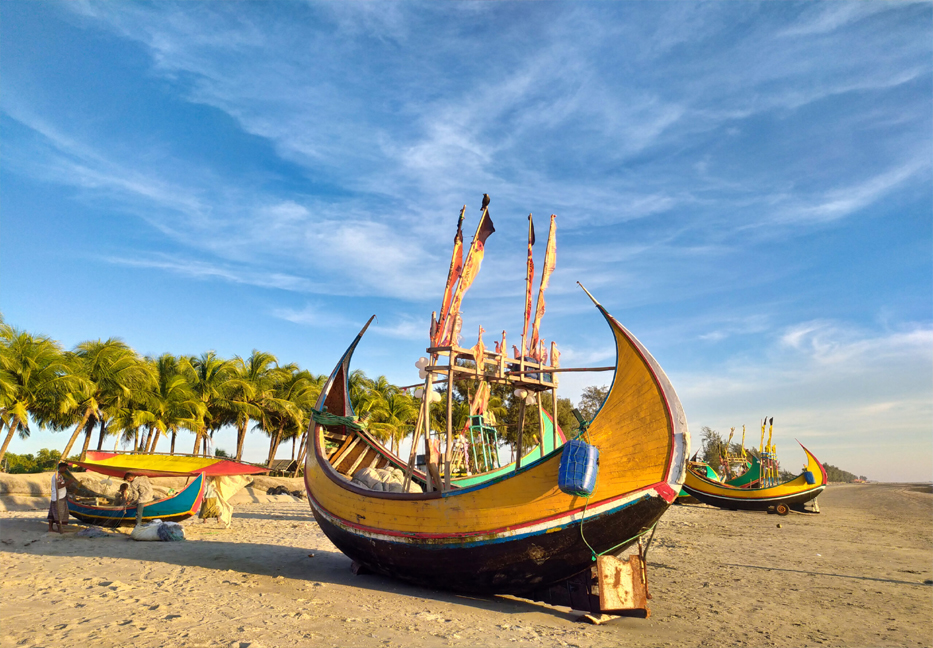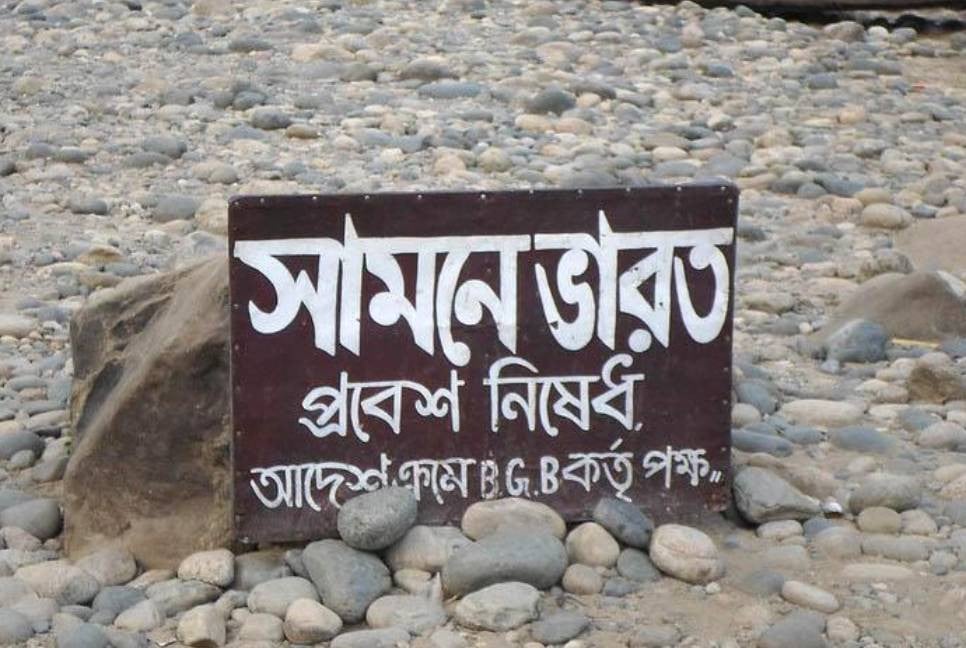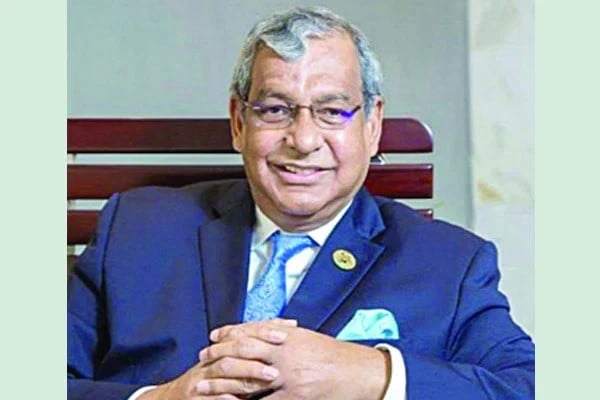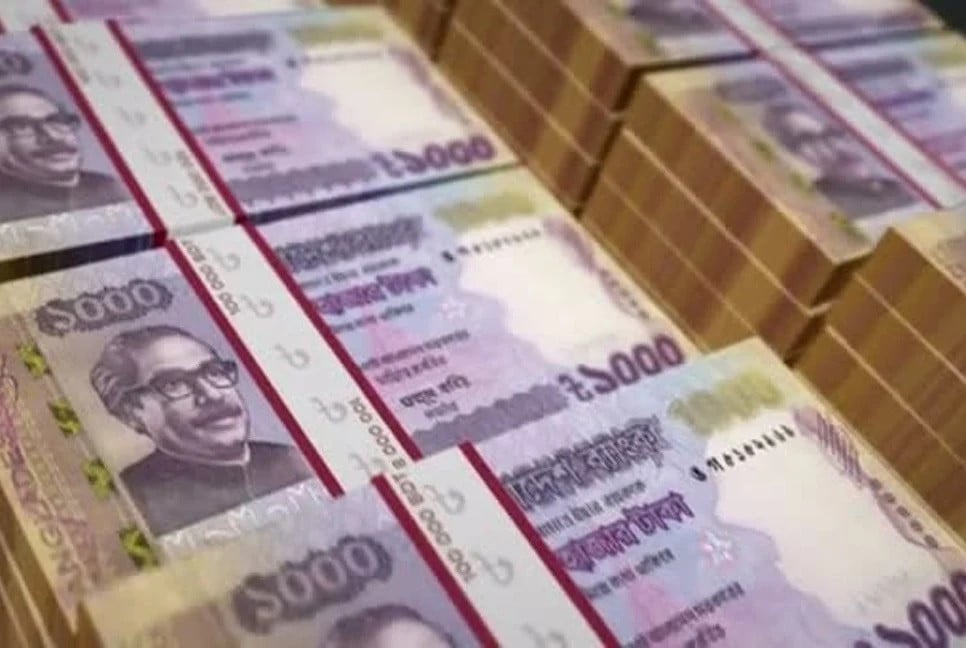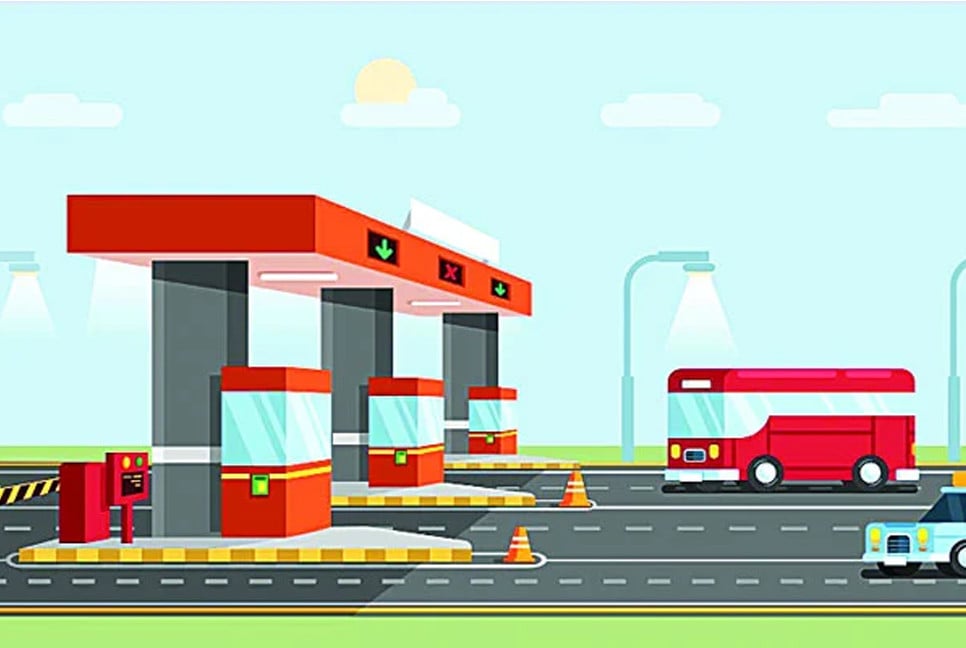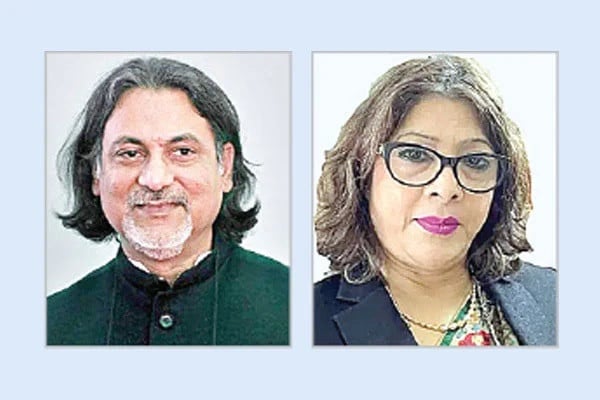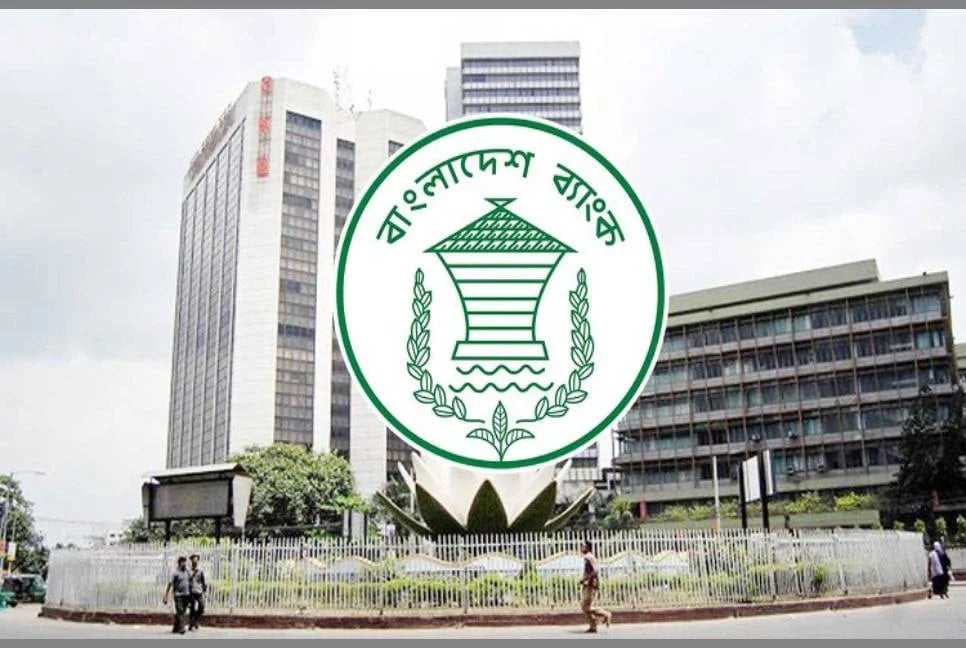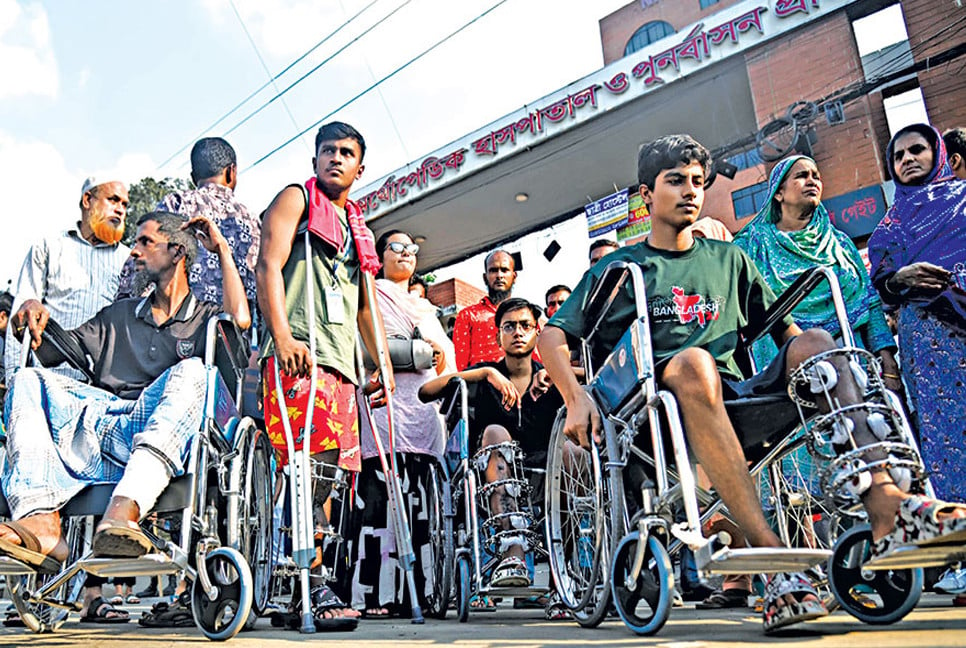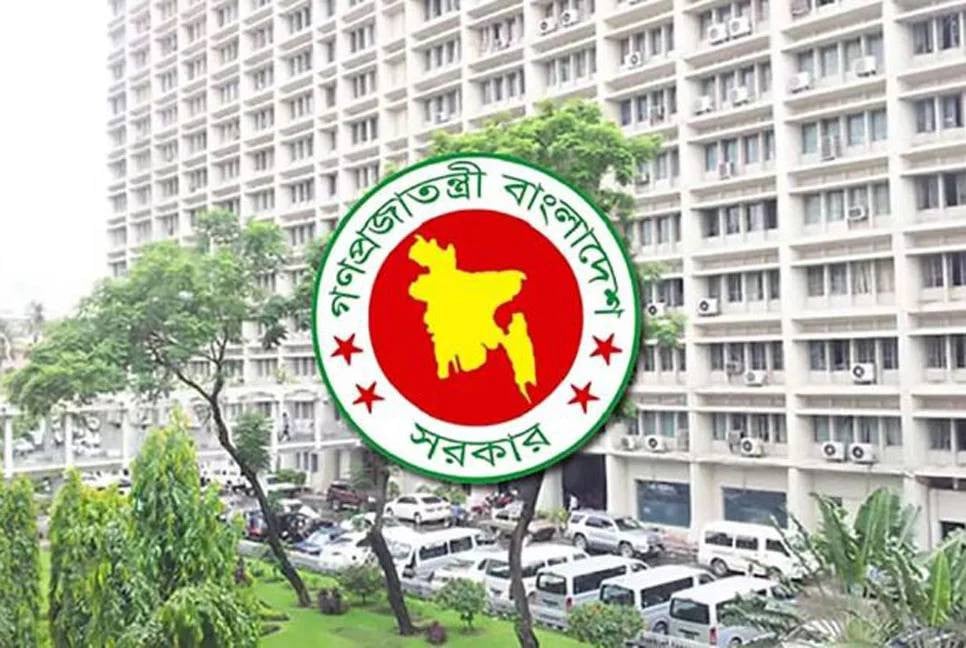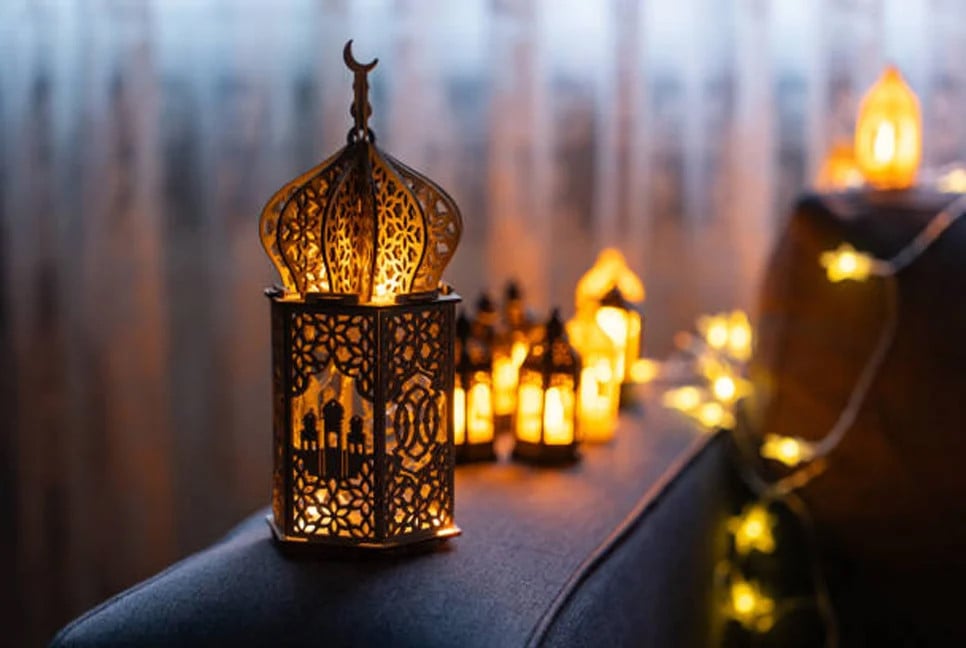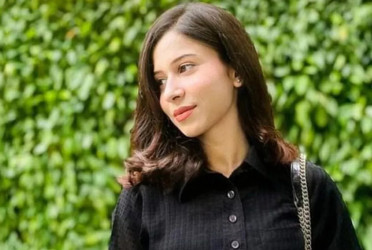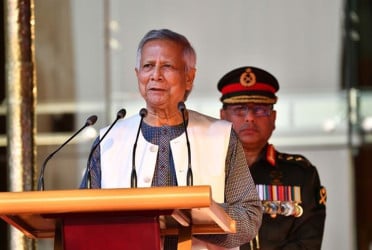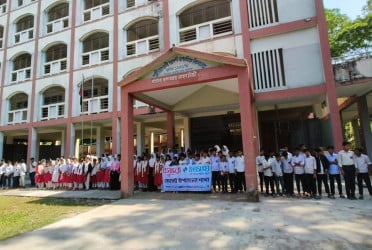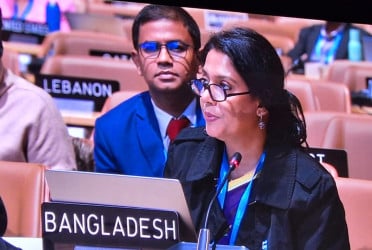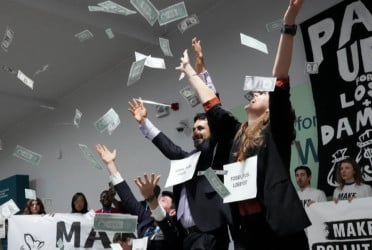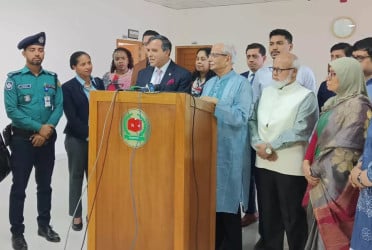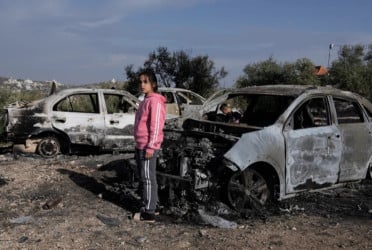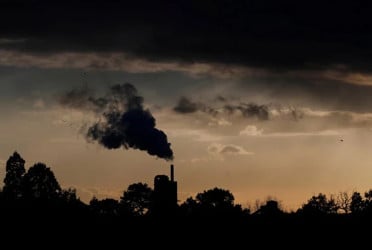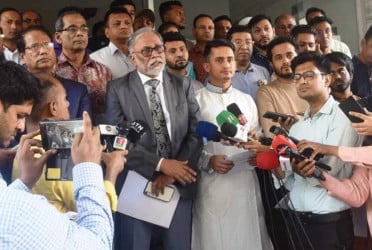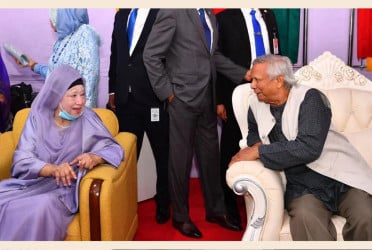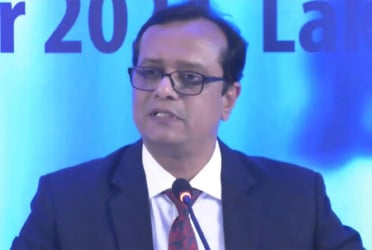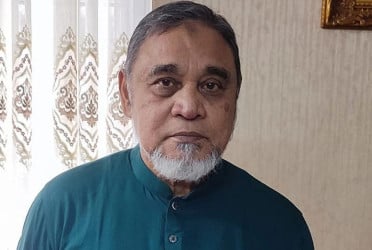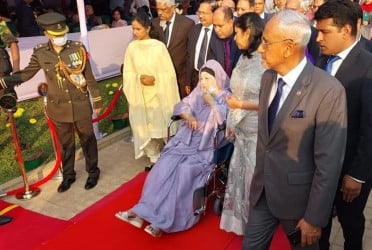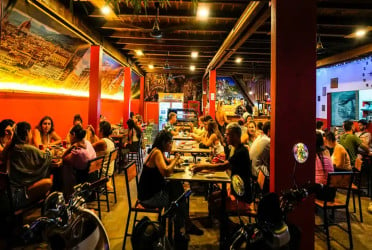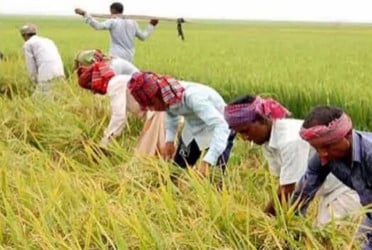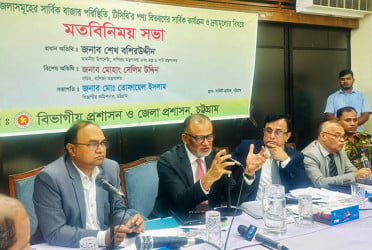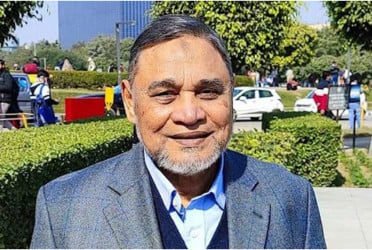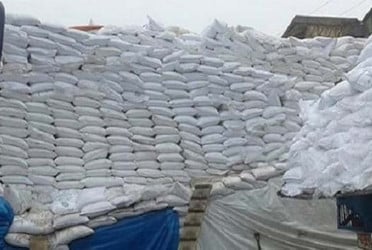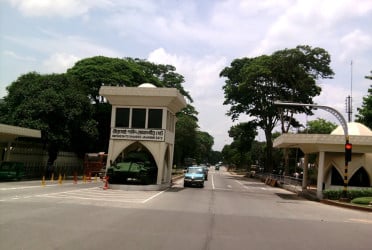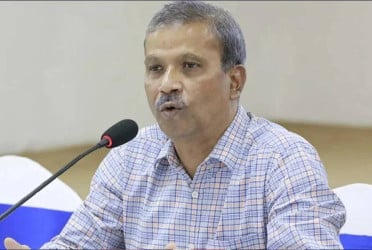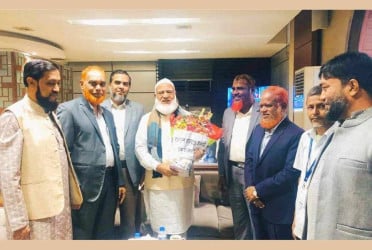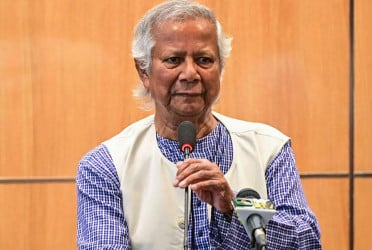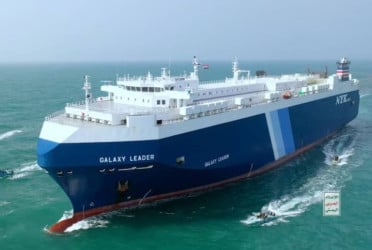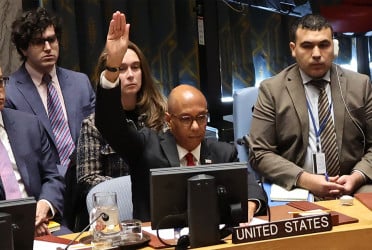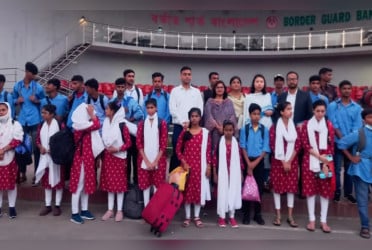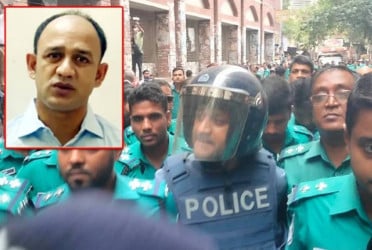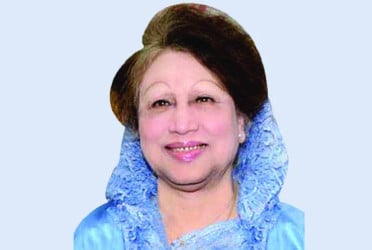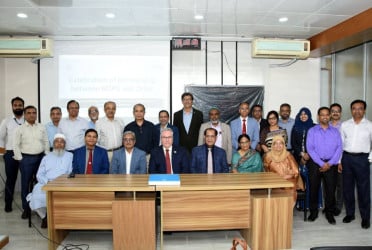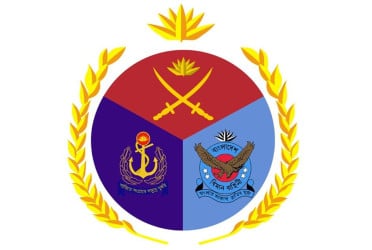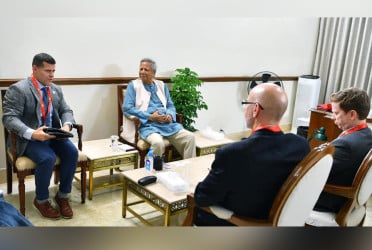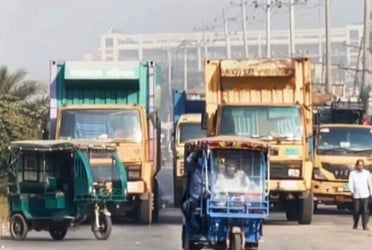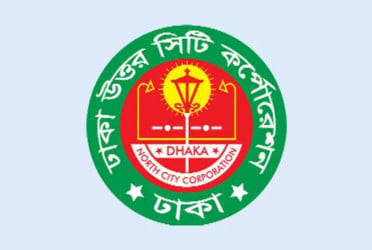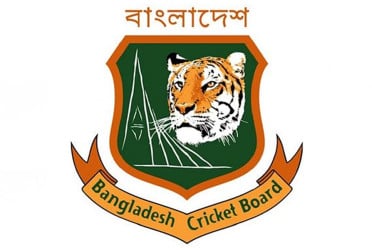A new attraction is going to be added in the tourism sector of the country. According to the grand planning of tourism board, the most attractive island in South Asia will be created in Bangladesh. Three tourism parks is going to be built in Taknaf and Maheshkhali union of Cox’x Bazar, where many facilities will be available for the foreign tourists as nightlife enjoyment amenities like Bangkok and Pataya.
In addition, just in Cox’s Bazar, a sealine touching international airport with largest runway is going to be built. The Bangabandhu Sheikh Mujibur Rahman Tunnel and Chattogram-Cox’s Bazar Railway is going to be inaugurated in next month. In a word, in next two years, it’s expected that Cox’s Bazar will get the incoming of tens of thousands of local and foreign tourists.
Moreover, emphasizing on religion-tourism, model mosques are being built across the country, which will give the tourism a new dimension. As the transport system has become easier due to the inauguration of Padma Bridge, 26 resorts has been cropped up in Mongla and Dacop in Bagherhat, adjacent to the Sundarbans. According to the authorities concerned, a big part of GDP will come from this sector upon the fully introduction of these tourism centers.
Besides, there will be employment-generation for millions of people. However, despite the development of the tourism sector, the businessmen involved in this sector have questions about its promotion and the safety of tourists. According to the concerned people in this sector, as we have the world's longest beach, the largest mangrove forest, the unique natural scenery of three hilly districts, tea plantations, numerous historical religious buildings, and the immense opportunities for tourism, a large part of the country's GDP can come from the tourism sector. However, Bangladesh is lagging behind in this sector.
According to the data of the World Travel and Tourism Council (WTTC), despite the tourism sector being greatly damaged due to Corona, India received 8800 million dollars from foreign tourists in 2021, Thailand 3900 million dollars, Maldives 2160 million dollars, Sri Lanka 305.2 million dollars. But, Bangladesh earned only 167.2 million dollars, which is less than even Myanmar's income (212.5 million dollars). Meanwhile, Sri Lanka, which was hit by economic and political crisis last year, has been able to turn around after one year by relying on tourism and remittances. Sri Lanka's revenue from the tourism sector has increased by 30 percent that year. Remittance increased by 76 percent. The two sectors contributed 3.2 billion dollars to the country's treasury. Inflation in the country decreased by 12 percent in June last year compared to September last year. The Tourism Promotion Bureau of Sri Lanka is going to invest 1.5 billion Sri Lankan rupees in promoting the country in India alone for duration of 12 months. And if you invest in tourism, it will generate return 4 to 5 times. Although the National Tourism Policy was adopted here in 2010, little progress has been made in 13 years.
Bangladesh Tourism Board says, the construction work of Sabrang Tourism Park, Naf Tourism Park (Jaliar Island) and Sonadia Eco Tourism Park in Cox's Bazar is progressing rapidly. They will be operational by 2025. Then 40 thousand tourists will get the benefit of staying there together. In the first phase, there will be employment of about 10 thousand people, which will increase later.
The Sabrang Tourism Park under construction along the sea in Teknaf will have various entertainment facilities including marine aquarium and sea-cruise, special reserved area for foreign tourists, special arrangements for travel to St. Martin, floating jetty, children's park, eco-cottage, oceanarium, underwater restaurant, floating restaurant. From Sabrang, the tourists can take a cable car to go to Jaliar Island in the Naf River and Naf Tourism Park. Furthermore,, Sonadia Eco Tourism Park is located in Maheshkhali upazila, which is 55 km from Cox's Bazar city through Banskhali river. International tourists can directly fly to Cox's Bazar.
(The report was published in Bengali on print and online versions of The Bangladesh Pratidin on September 7 and rewritten in English by Lutful Hoque)

